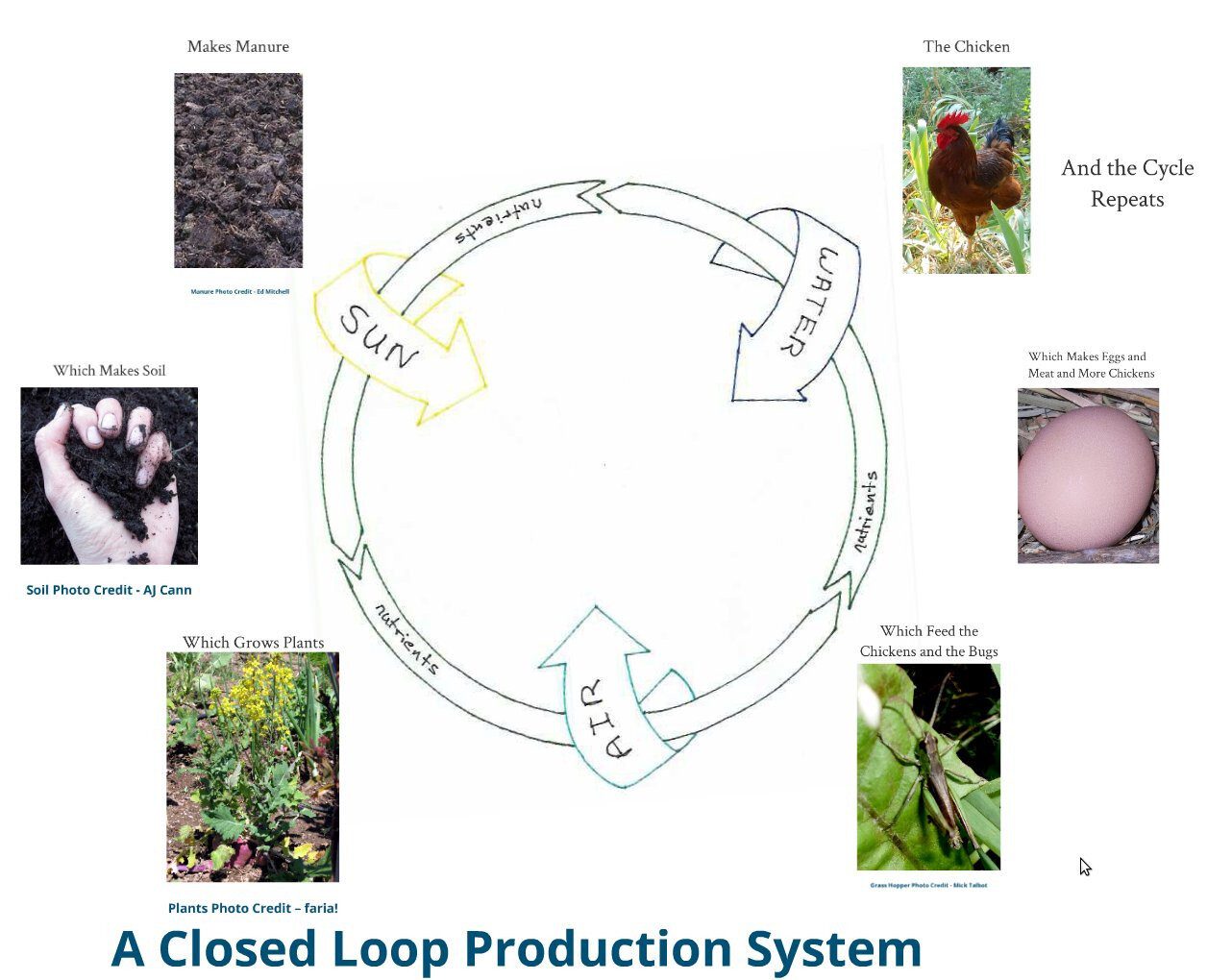
The Agents of Habitat Program
The Agents of Habitat curriculum guides people on
how to take action within their power
to move their place toward greater health, abundance, and beauty.
We participate in an eco-economic-social system. That system expresses itself in different places on a continuum. At one end of the continuum there are few humans or other species participating. We think of these places as barren and sterile. At the other end of the continuum there are many humans and other species participating. We think of these places as beautiful and healthy.
Ask yourself the question, "What new interactions within my power would move my place in the direction of health and beauty?" As you begin to find answers to that question you become an Agent of Habitat.
New! Agents of Habitat slide show, featuring all 12 units condensed into one deck.
The original Agents of Habitat curriculum:
-

Lesson 1
Introduction
The world we want is a pattern of activity that includes everyone and all the many species. The world we want has a place for everyone.
-

Lesson 2
Place Yourself in the Universe
To be an effective agent for your habitat you need to know your place within the flows. -

Lesson 3
Carbon Cycling
Carbon Cycling is the Key to a Welcoming Place.
-

Lesson 4
Discretionary Time and Money
The new interactions we need to heal nature and end poverty will not be fueled by money. -

Lesson 5
A Welcoming Place
As we increase the diversity of participation in a place we make it easier for participants to find what they need. -
Lesson 6
A Pattern in a Pattern
The dysfunction in Washington DC is a reflection of the dysfunction in our neighborhoods. Our diminished ecosystems are a reflection of our diminished soils.
-

Lesson 7
Ending the Age of Separation
We will end the age in which humans separated themselves from natural things and begin the age in which humans embrace their place within the nature of things. -

Lesson 8
Conducive to Life
If we want humans to continue to have a place on this planet we will need to produce what humans need to thrive in sustainable ways. -

Lesson 9
Embedded in Nature
An alternative is a Cell of Sustainability created by embedding ourselves in a complex pattern of plant processes, animal processes, fungal processes and bacterial processes.
-

Lesson 10
Edge, Surface Area, Boundary and Succession
Every interaction requires an edge between one thing and another. Every thing flowing is generated on one side of an edge and flows across the edge. Reducing the edge reduces the flows. -

Lesson 11
Placing Processes in Proximity
The amount of waste our culture produces is a measure of sustainability. Less sustainable processes produce more waste. As we integrate processes we begin to reduce waste. As we approach no waste, our processes will move beyond sustainable and begin increasing the resources we have to work with.
-
Lesson 12
A View of the Whole
At this point in the development of the Living System on this Planet there are precious few of us who have developed this tertiary drive to take responsibility for the health of our place. Our influence can only grow as we connect and begin to work together. Through that act of connecting and growing our influence we will be the Living System on this Planet becoming aware of itself.

